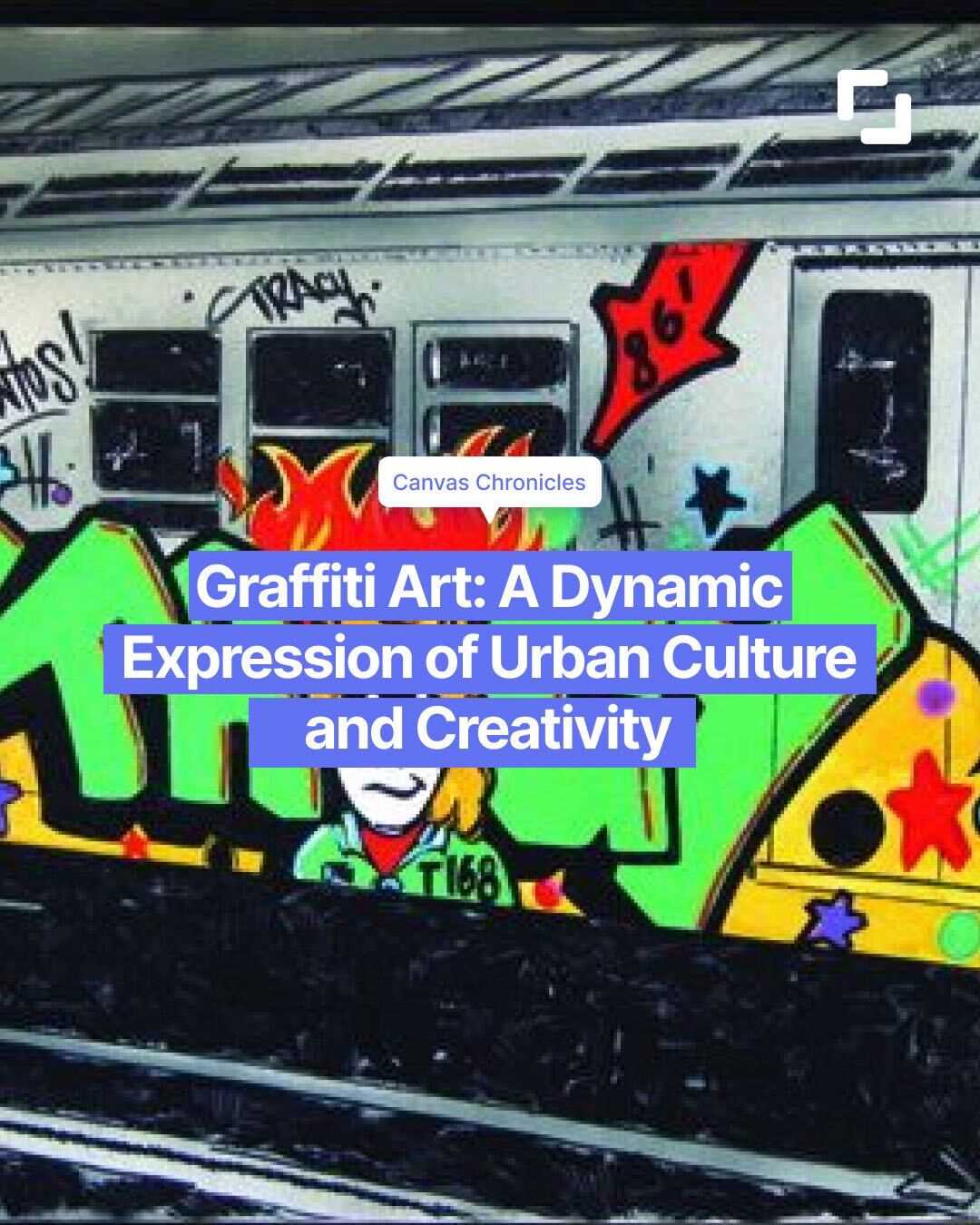
Street art has become an integral part of the urban landscape, transforming dull walls into vibrant canvases that capture the spirit of a city. With its bold colors and intricate designs, street art serves as a visual representation of the cultural diversity and creativity that thrives in urban environments. From the striking murals of Banksy to the powerful political statements of Shepard Fairey, street art has the power to provoke, inspire, and challenge societal norms.
What sets street art apart from traditional forms of art is its accessibility and democratic nature. Unlike traditional art, which is often confined to museums and galleries, street art is open to anyone and everyone who happens to pass by. It brings art directly to the people, breaking down the barriers that often exist between the art world and the general public. Anyone can appreciate and engage with street art, regardless of their background or knowledge of artistic techniques.
Moreover, street art is a form of self-expression for artists who may not have access to traditional art spaces or the means to showcase their work. It provides a platform for marginalized voices and allows artists to make their mark on the cityscape, leaving a lasting impression on both locals and visitors alike. Whether it’s a thought-provoking social commentary or a whimsical mural, street art adds a touch of beauty and intrigue to the urban environment.
The ephemeral nature of street art is also part of its allure. It can be transient, existing for only a short time before being painted over or washed away. This impermanence adds an element of excitement and spontaneity to the art form, creating a treasure hunt-like experience for enthusiasts who seek out the latest pieces and discover hidden gems in unexpected places. The constantly evolving nature of street art ensures that the urban landscape is always changing, reflecting the dynamic and ever-evolving nature of urban culture itself.
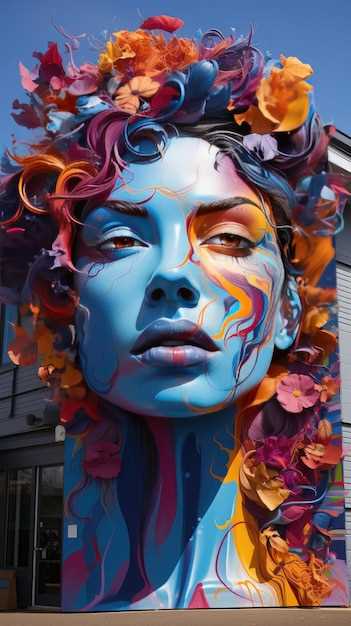
Street art can trace its origins back to the graffiti culture of the 1960s and 1970s in cities like New York and Philadelphia. Graffiti writers, armed with spray paint cans and markers, began to leave their marks on buildings, trains, and walls, often in neglected or abandoned areas of the urban landscape.
At first, graffiti was seen as vandalism and a form of illegal expression. However, over time, it began to evolve into something more. Artists started to use graffiti as a way to communicate their feelings and ideas, often reflecting the social and political issues of the time. They began to experiment with different techniques and styles, incorporating elements from other art forms such as pop art and surrealism.
The emergence of street art as a recognized art form can be attributed to the efforts of artists like Keith Haring and Jean-Michel Basquiat in the 1980s. They brought graffiti art from the streets into galleries and museums, challenging the traditional notions of what art should be. This marked a turning point in the perception of street art, as it began to be seen as a legitimate and valuable form of artistic expression.
Today, street art continues to thrive and evolve, with artists pushing the boundaries of what is possible in the urban landscape. It has become a means of reclaiming public spaces, creating dialogue, and challenging societal norms. From murals and stencils to installations and wheatpastes, street art continues to captivate and inspire, reflecting the vibrant and diverse cultures of cities around the world.
The Evolution of Street Art Techniques
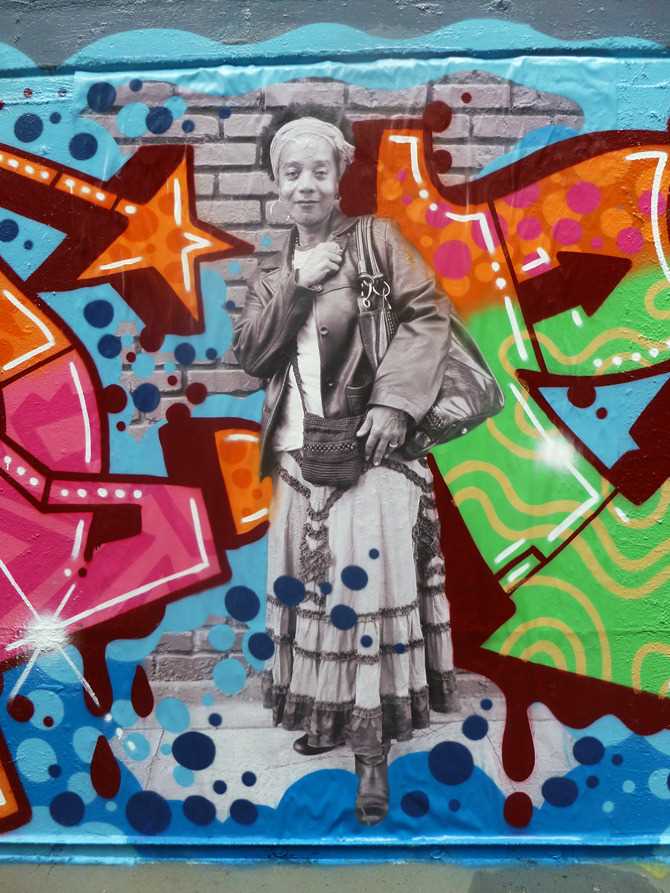
In the past few decades, street art has undergone a significant evolution in terms of techniques used by artists to create their vibrant murals and graffiti. What once started as simple spray-painted tags on walls has transformed into a diverse and complex art form.
One of the most notable techniques in street art is stencil art. Stenciling involves creating a design or image on a material, such as cardboard or acetate, and then using spray paint or a brush to apply the design onto a surface. This technique allows for the creation of intricate details and precise lines, making stencils a popular choice among street artists.
Another popular technique is wheatpasting. Wheatpasting involves applying a mixture of wheat paste and water onto a surface and then attaching a pre-printed or hand-drawn image onto the paste. This technique allows artists to create large-scale murals that can be easily applied and removed, making it a preferred choice for temporary installations.
Evolution of street art tools and materials
As street art has evolved, so have the tools and materials used by artists. Traditional spray cans have remained a staple, but artists now have access to a wide range of specialized paints that allow for different effects and textures. Some artists have even started using environmentally-friendly paint options to reduce their impact on the environment.
In addition to paints, street artists have also expanded their use of materials. Many artists incorporate found objects, such as scrap metal or discarded furniture, into their murals to add texture and depth. Others use adhesive stickers and vinyl wraps to create detailed and realistic images.
The influence of technology

Technology has also played a significant role in the evolution of street art techniques. Digital tools, such as graphic design software and projectors, allow artists to create intricate designs and scale them up for large installations. Artists can now create detailed stencils and designs using computer software and then transfer them onto walls or other surfaces.
Social media has also had a profound impact on street art. Artists can now easily share their work with a global audience and connect with other artists around the world. This has led to a greater exchange of ideas and the development of new techniques and styles.
Spray Paint: The Essential Medium
Spray paint is an essential medium in the world of street art. It is a versatile tool that allows artists to express their creativity and leave their mark on the urban landscape. With its vibrant colors and ability to cover large surfaces quickly, spray paint has become synonymous with the urban art movement.
Artists use spray paint to create intricate murals, stencils, and graffiti tags, transforming ordinary walls into captivating works of art. The use of spray paint allows artists to work quickly and with precision, enabling them to create complex designs and vibrant images.
One of the advantages of spray paint is its ability to adhere to a variety of surfaces, including concrete, metal, and wood. This allows artists to paint on a wide range of materials and spaces, from abandoned buildings to train cars. The versatility of spray paint is what makes it an indispensable tool for street artists.
Types of Spray Paint
There are several types of spray paint available for artists to use. Each type has its own unique properties and can produce different effects.
- Aerosol spray paint: This is the most commonly used type of spray paint in street art. It comes in a variety of colors and finishes, including matte, gloss, and metallic. Aerosol spray paint is known for its high coverage and quick drying time.
- Graffiti spray paint: Graffiti-specific spray paint is designed for outdoor use and offers enhanced durability and weather resistance. It is highly pigmented and has a high opacity, allowing artists to create bold and vibrant designs.
- Stencil spray paint: Stencil spray paint is formulated specifically for stenciling techniques. It has a low-pressure valve that allows for precise control and clean lines. Stencil spray paint is often used in creating detailed and intricate stencil art.
Techniques and Safety

Using spray paint requires skill and practice. Artists employ a variety of techniques, such as freehand spraying, stenciling, and layering, to create their desired effects. It is important for artists to consider safety precautions when using spray paint, such as wearing a mask and working in a well-ventilated area.
Spray paint has revolutionized the world of street art, providing artists with a versatile and vibrant medium to express their creativity. Its ability to cover large surfaces quickly and its wide range of colors and finishes have made it an essential tool for street artists everywhere.
Stencil Art: A Common Street Art Technique
Stencil art is a popular technique used in street art to create intricate and detailed designs on walls and other surfaces. It involves creating a stencil, which is a cut-out template, and then using it to apply paint or other media onto the desired surface.
This technique allows artists to create repetitive patterns, images, or text with precision and speed. Stencils can be made from various materials such as cardboard, plastic, or metal, depending on the desired effect and durability. They can be reused multiple times, making stencil art a cost-effective and efficient method of street art creation.
The process of creating a stencil involves carefully cutting out the desired design from the template material. This can be done using a craft knife or a laser cutter for more intricate designs. Once the stencil is ready, it is then placed against the surface and paint is sprayed or applied with a brush over the cut-out areas. The stencil is then removed, revealing the completed artwork.
Stencil art is known for its versatility, as it allows artists to create highly detailed and complex designs with relative ease. It also provides the opportunity for artists to rapidly reproduce their work on multiple surfaces, making a bold statement in urban environments.
Some street artists have gained recognition for their stencil art creations, using the technique to convey powerful messages or to depict iconic figures. Banksy, a well-known street artist, is one example of an artist who has mastered the use of stencils to communicate social and political commentary.
Graffiti as a Form of Street Art
Graffiti is a distinctive form of street art that involves the use of various artistic techniques to create visually striking images or messages on public surfaces. It represents the voice of urban culture and serves as an expression of personal and collective creativity.
One of the defining features of graffiti as street art is its rebellious and underground nature. It often challenges the established norms and values of society, making bold statements and reflecting the emotions and thoughts of the artists. Graffiti can be seen as a form of protest or a way for marginalized communities to reclaim public spaces.
The subject matter of graffiti art varies greatly, ranging from political and social commentary to abstract designs and personal tags. It can reflect the struggles, aspirations, and identities of individuals and communities. Some graffiti artists use their art to tell stories or to engage in dialogue with the viewers.
Graffiti as street art has gained recognition and appreciation over the years. It is no longer viewed only as a form of vandalism but as a legitimate art form that contributes to the vibrancy and cultural richness of urban environments. Many cities around the world have designated areas where graffiti is legal, creating spaces for artists to freely express themselves.
Overall, graffiti is a powerful and dynamic form of street art that allows artists to make their voices heard and engage with their surroundings. It is an integral part of the urban culture and serves as a visual representation of the diverse experiences and perspectives found within the community.
The Impact of Murals on Urban Environments
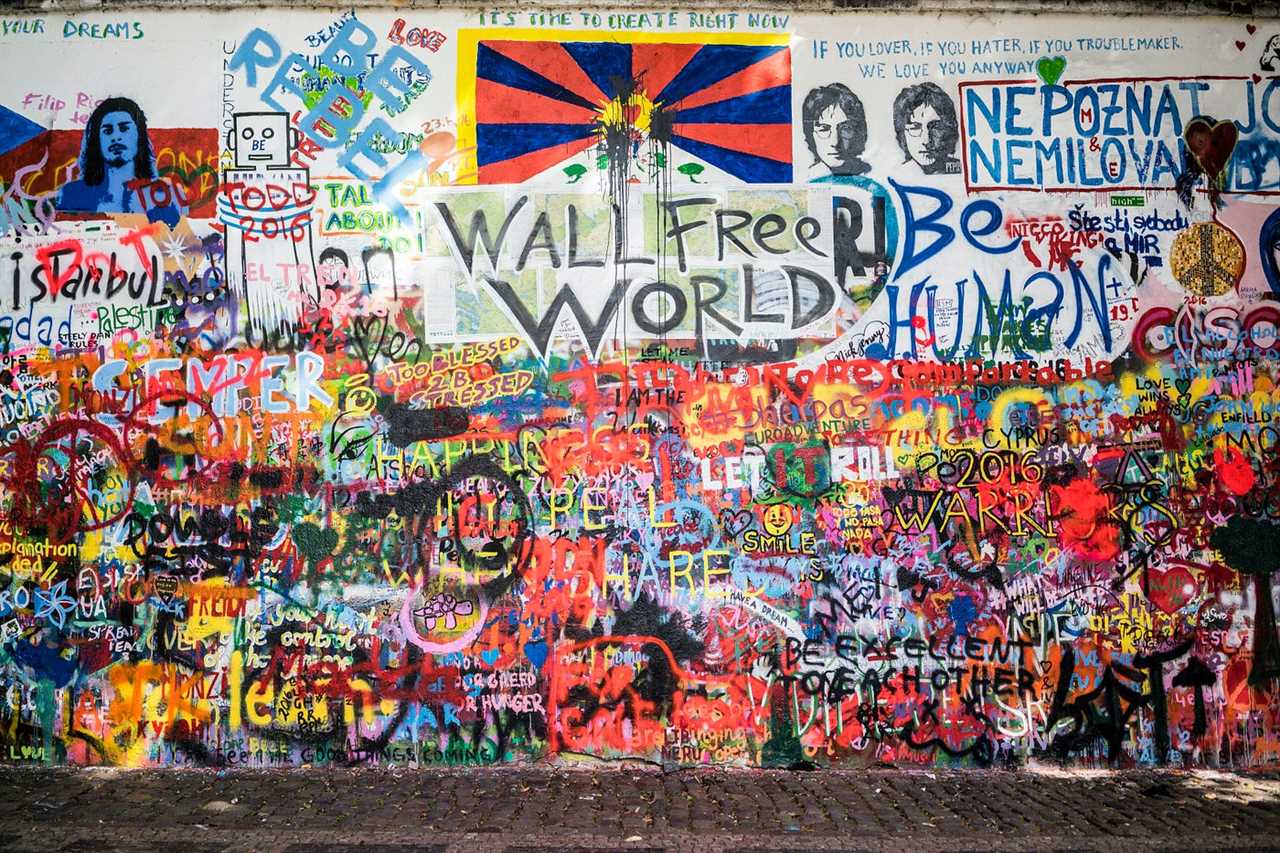
Street art murals have become an integral part of urban landscapes all over the world. These large-scale artworks not only add vibrancy and color to the otherwise monotonous city walls but also have a profound impact on the urban environment.
Cultural Expression and Identity:
Murals serve as a powerful means of cultural expression and contribute to the preservation of local identity. They often reflect the history, traditions, and values of the community they belong to. In this way, murals become a visual representation of the cultural heritage of the urban environment, fostering a sense of pride and belonging among its residents.
Social Engagement and Unity:
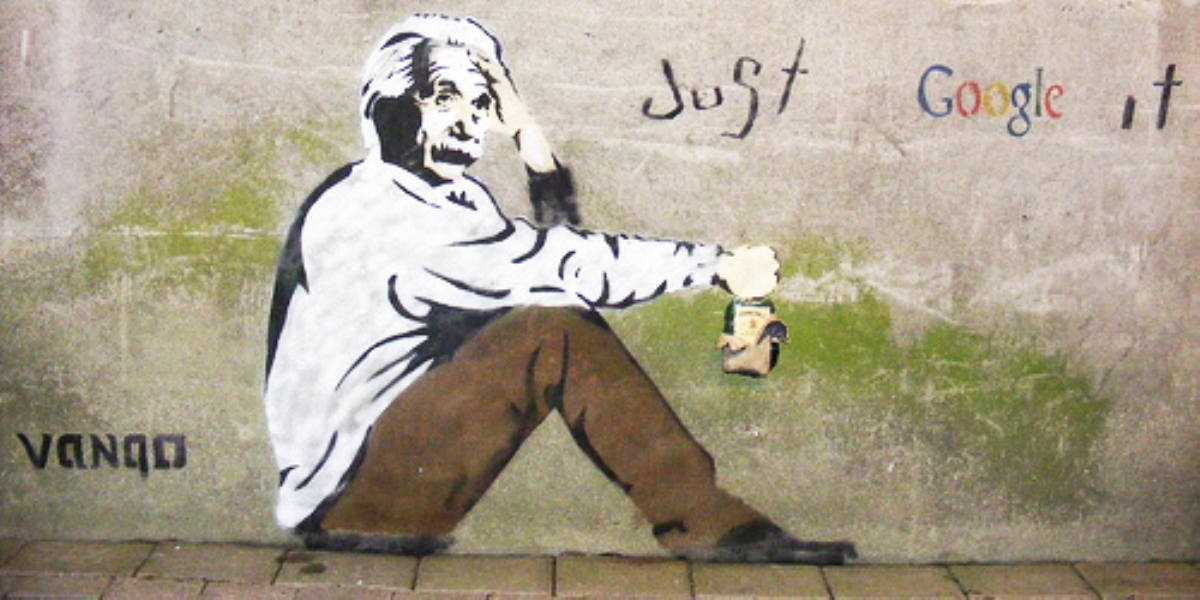
By creating murals, street artists engage directly with the community and encourage social interaction. These artworks act as a catalyst for conversations and can bring communities together, promoting a sense of unity and shared experience. When people stop to admire and discuss murals, they form connections with one another, bridging social gaps and fostering a sense of belonging.
- Murals can also address social and political issues, bringing attention to important topics and sparking conversations about them. Whether it’s environmental awareness, human rights, or gender equality, murals often serve as a visual platform for activism and public discourse.
- Murals can also act as a form of protest, challenging the status quo and giving marginalized communities a voice. In this way, they contribute to the empowerment and mobilization of individuals and groups.
Overall, murals have a transformative impact on urban environments, enhancing their aesthetics and cultural richness. They provide opportunities for self-expression, social engagement, and community development, making cities more vibrant and inclusive spaces for everyone.
The Role of Street Art in Shaping Urban Identity

One of the main contributions of street art to urban identity is its ability to reflect the spirit of the community. Artists often draw inspiration from the local culture, history, and social issues, creating murals and graffiti that resonate with the people who live and work in the area. This helps to foster a sense of belonging and pride among residents, as they see their unique stories and experiences represented in the public spaces they inhabit.
Moreover, street art has the power to challenge the status quo and provoke thought and discussion. It can address sensitive topics, raise awareness about social injustices, and give a voice to marginalized communities. By doing so, it encourages dialogue and brings important issues to the forefront, making urban spaces more inclusive and diverse.
Street art also has an economic impact on urban areas. Once seen as vandalism, it is now recognized as a valuable tourist attraction. Cities like Bristol, London, and Berlin have capitalized on their street art scenes, attracting visitors from all over the world who come to admire the talent and creativity on display. This influx of tourists boosts local businesses, brings revenue to the community, and helps to revitalize neglected neighborhoods.
Last but not least, street art can inspire and promote creativity among the younger generations. Seeing the work of talented artists in their own neighborhoods can encourage young people to express themselves creatively and develop their artistic skills. It provides a platform for local artists to showcase their talent and gain recognition, fostering a vibrant and thriving artistic community.
Tagging: From Vandalism to Artistic Expression
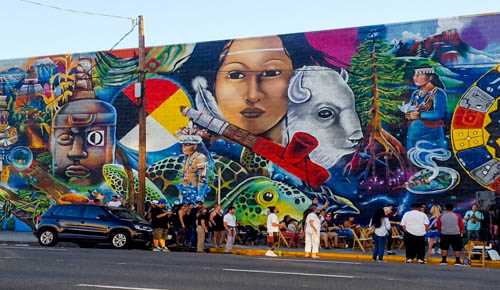
Tagging, often seen as an act of vandalism, has evolved into a form of artistic expression within the street art community.
Originally considered a negative form of graffiti, tagging involved the repetitive marking of a name or symbol on public spaces without permission. This act was often associated with gangs, territorial disputes, and defacement of property.
However, in recent years, tagging has gained recognition as a legitimate art form. Artists have transformed the act of tagging into a creative outlet, using vibrant colors, intricate designs, and innovative techniques to make a statement.
The Evolution of Tagging
Tagging has evolved from simple scrawls to elaborate works of art. Street artists now use stencils, stickers, and even digital tools to create their tags. These tags are no longer just signatures, but reflections of the artist’s style, creativity, and message.
Street artists have also started collaborating, creating elaborate murals that showcase their talent and individuality. These collaborations have brought together artists from different backgrounds and have helped erase the negative stigma associated with tagging.
The Impact of Tagging on Urban Culture
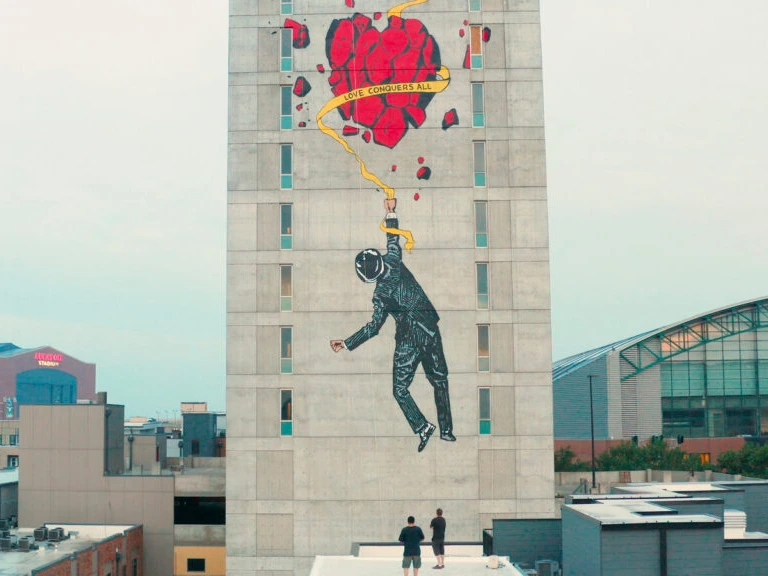
The rise of tagging as a recognized art form has had a significant impact on urban culture. It has brought art to the streets, making it more accessible to the general public. Tagging has transformed mundane city walls into vibrant galleries, sparking conversations and inspiring creativity.
Moreover, tagging has become a symbol of empowerment for marginalized communities. Street artists have used tagging as a means to express their thoughts, protest social injustices, and reclaim public spaces.
Street Art in Social and Political Movements
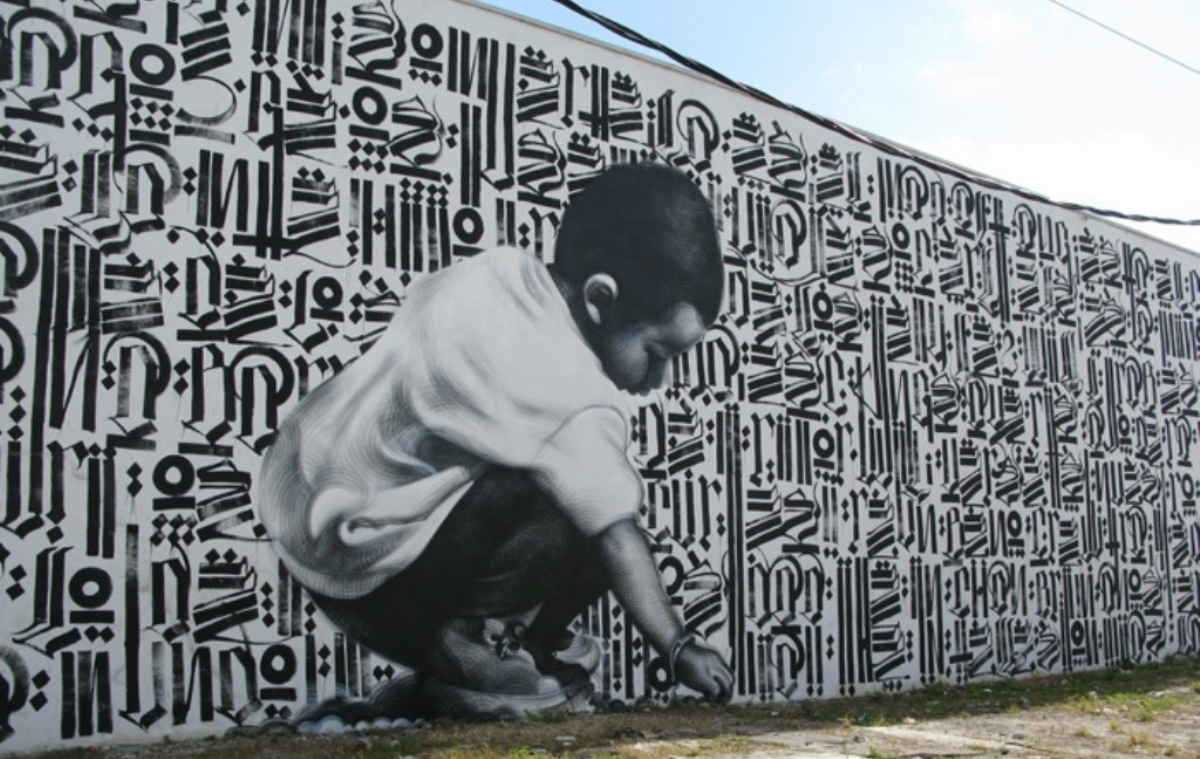
Street art has long been a powerful form of expression, used by individuals and communities to assert their voices and challenge social and political issues. Throughout history, street art has played a key role in various movements, serving as a means of communication, rebellion, and activism.
Communication and Awareness
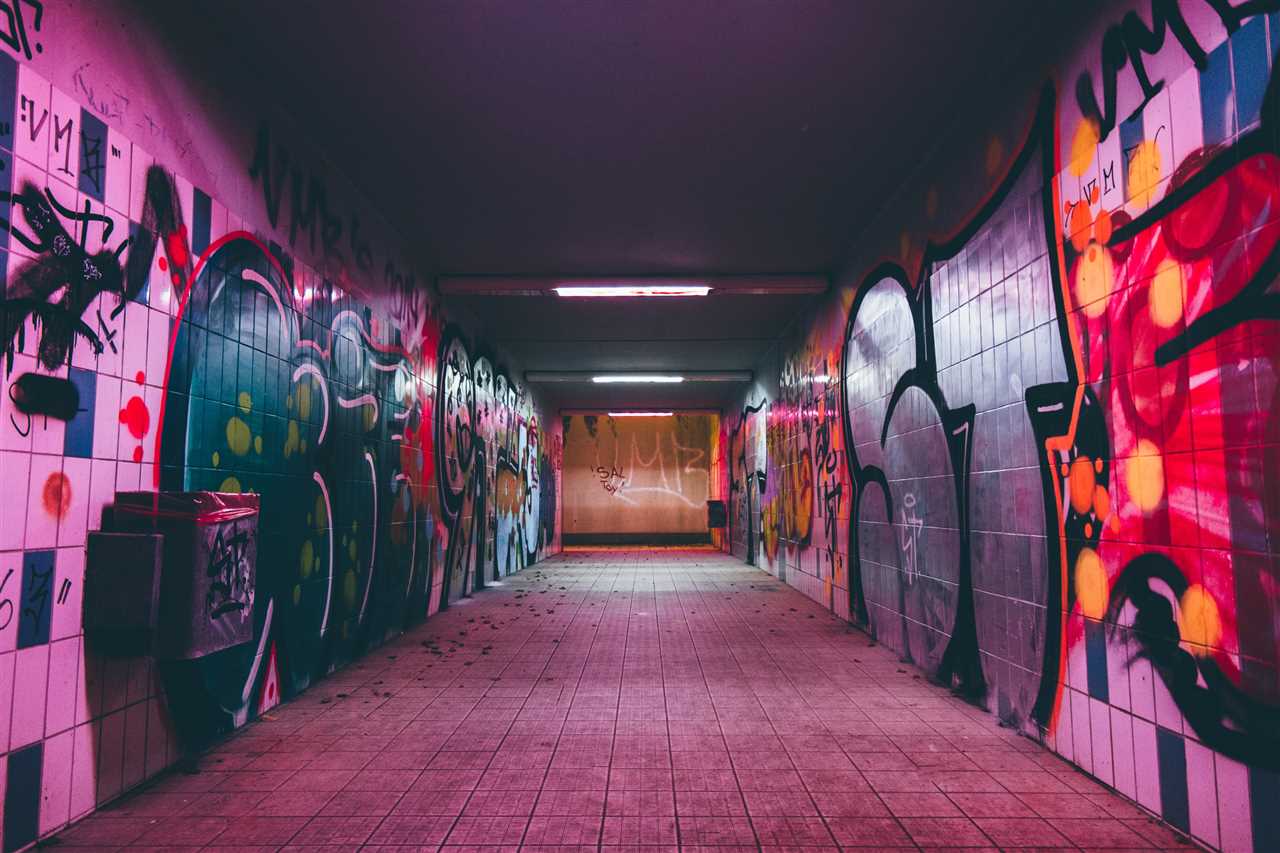
Street art serves as a visual platform for communication, reaching a wide audience regardless of their social or political affiliations. Artists use their work to shine a spotlight on important social and political issues, raising awareness and sparking conversations. From thought-provoking murals to impactful graffiti, street art encourages dialogue and fosters empathy among communities.
Rebellion and Activism
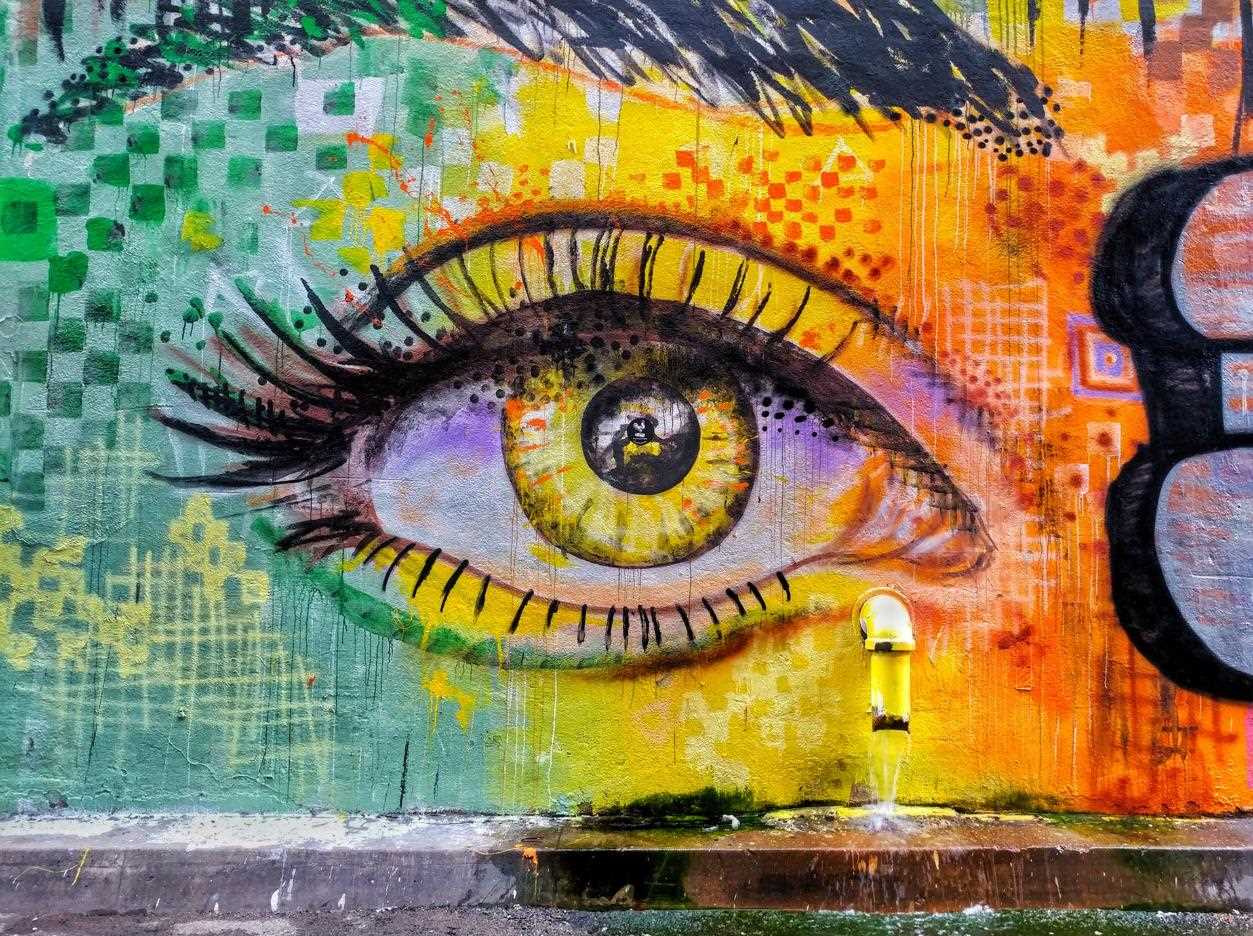
Street art has often been associated with rebellion and activism. In times of social and political unrest, artists take to the streets to challenge the status quo and inspire change. Through their art, they voice their discontent, critique injustice, and call for action. Street art can be seen as a visual representation of the collective frustrations and desires of a community, serving as a platform for resistance and empowerment.
Street artists play a powerful role in shaping social and political movements. Their art acts as a mirror reflecting the concerns and aspirations of communities, echoing the voices often marginalized or silenced by mainstream media. By reclaiming public spaces through their art, street artists not only challenge existing power structures but also inspire individuals to question the status quo and actively participate in social and political change.
The Future of Street Art: Innovation and Collaboration
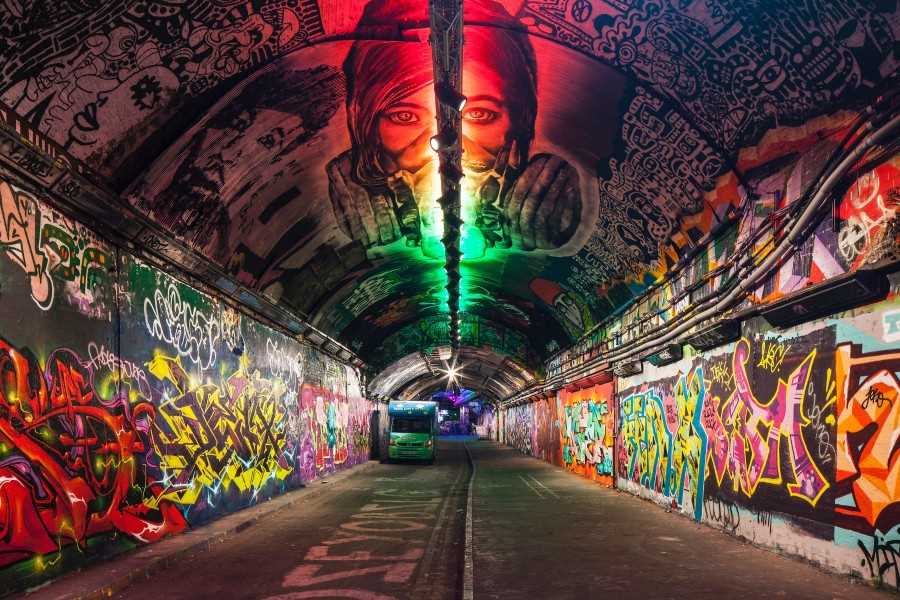
Street art has always been a form of creative expression that pushes boundaries and challenges norms. As we look to the future, it is clear that street art will continue to evolve and innovate, taking on new forms and incorporating new technologies.
One of the main driving forces behind the future of street art is innovation. Artists are constantly finding new ways to push the limits of their medium and experiment with new techniques. From using augmented reality to create interactive pieces to incorporating sustainable materials into their work, street artists are always looking for ways to push their art form to new levels.
Collaboration is also a key element in the future of street art. Artists are increasingly working together to create large-scale murals and installations that have a powerful impact on their communities. By working together, artists are able to combine their unique styles and perspectives to create something truly special.
Another aspect of the future of street art is the increasing recognition of its value and importance. Street art is no longer seen as vandalism, but rather as a legitimate art form that can beautify and enhance urban spaces. Many cities are now embracing street art and even commissioning artists to create public works of art. This recognition and support will only continue to grow in the future.
As technology continues to advance, street art will inevitably adapt and incorporate new tools and techniques. We can expect to see more digital and interactive street art, as artists utilize virtual reality and projection mapping to create immersive experiences. Street art will also continue to push the boundaries of what is possible with materials, as artists experiment with new ways of creating their work.

I am a mural enthusiast and a fervent admirer of street art. Rather than creating murals myself, I am passionate about collecting them. My love for street art knows no bounds. I am dedicated to curating and cherishing these artworks that grace the streets. My collection stands as a testament to my profound appreciation for this form of artistic expression.
read about me



